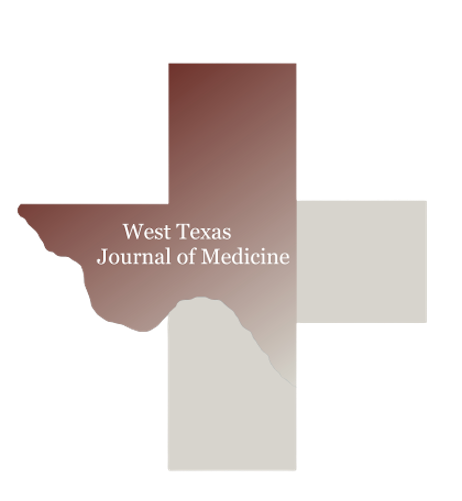Influence of patient characteristics on provider deviation from guideline-directed medical therapy of heart failure with reduced ejection fraction in primary care clinics
Keywords:
HFrEF, Heart failure with reduced ejection fraction, GDMT, Guideline based treatmentAbstract
Background: Heart failure with reduced ejection fraction (HFrEF) is a significant cause of morbidity and mortality in the United States. Although data have demonstrated that guideline-directed medical therapy (GDMT) improves clinical outcomes, hospitalizations, and death due to HFrEF remain common.
Objective: To identify GDMT gaps for patients with HFrEF.
Methods: This retrospective cohort study evaluated adults with HFrEF at an academic internal medicine (IM) or family medicine (FM) clinic between 1/1/2018 and 2/29/2020. A chart review was conducted to characterize patient demographics, characteristics, and GDMT. Descriptive statistics and chi-squared tests were used to describe GDMT regimens and factors associated with improved guideline adherence.
Results: A total of 596 patients were evaluated and 96 included. Overall, 20% of patients were prescribed three GDMT agents (β-blocker+angiotensin converting enzyme inhibitor [ACEi]/angiotensin receptor blocker [ARB]/angiotensin receptor-neprilysin inhibitor [ARNI]+mineralocorticoid receptor antagonist [MRA]), 43.8% two agents (β-blocker + ACEi/ARB/ARNI), 27% one agent, and 9% no GDMT. Those with a payor status defined as commercial insurance were more likely to be on three GDMT agents than those with no commercial insurance (34.8% vs. 15.1%; p=0.039). Patients ≥65 years were less likely to be on three agents compared to those <65 years (8.3% vs. 32%, p=0.029), but more likely to be on a combination of a β-blocker+ACEi/ARB/ARNI (52.8% vs. 32%, p=0.01) or a β-blocker+MRA (11% vs. 2%; p=0.044).
Conclusions: GDMT was underutilized in these academic clinics. Differences in provider prescribing were identified based on age and funding status. Differences in prescribing could be due to demographics or other factors.





